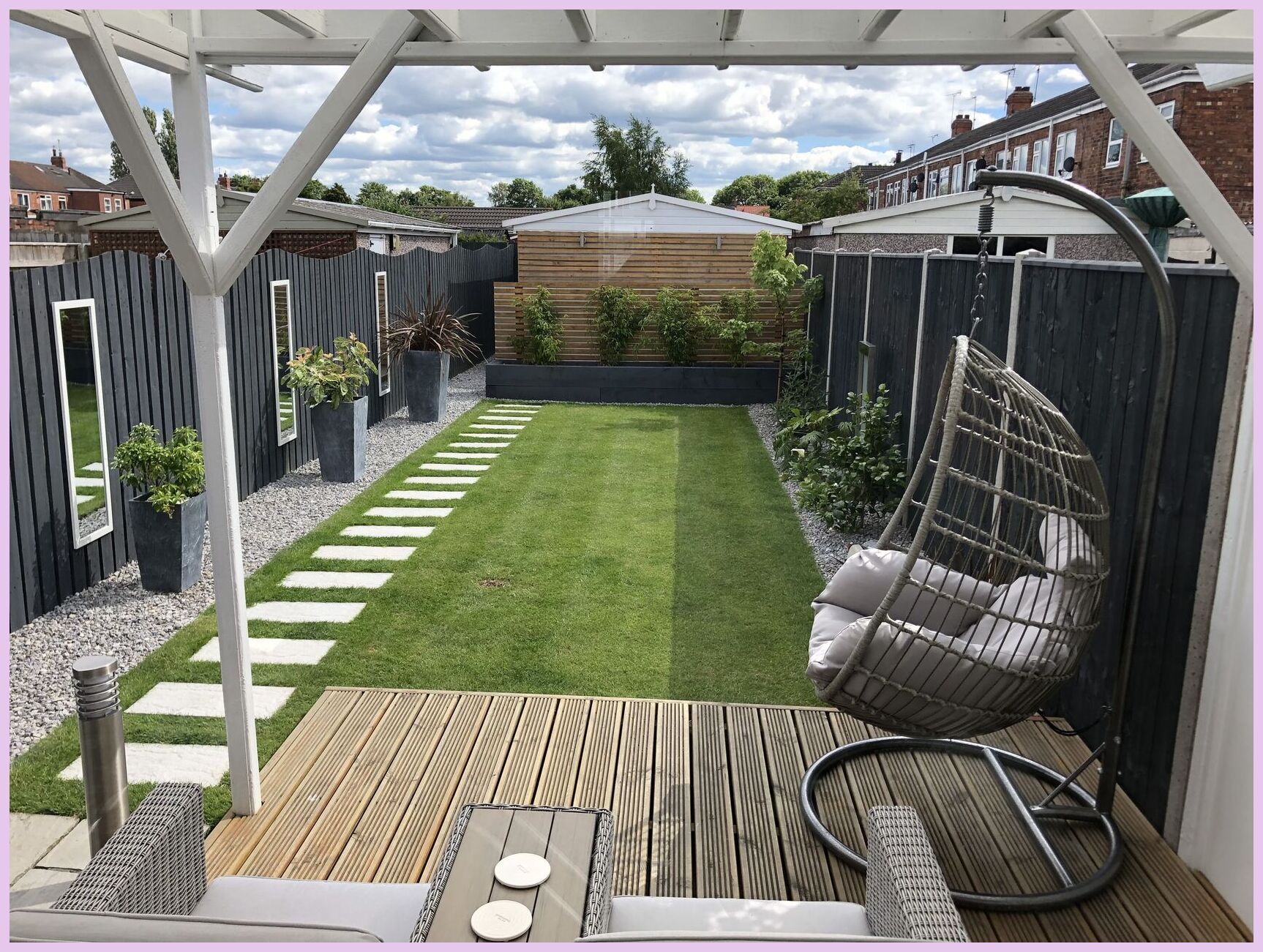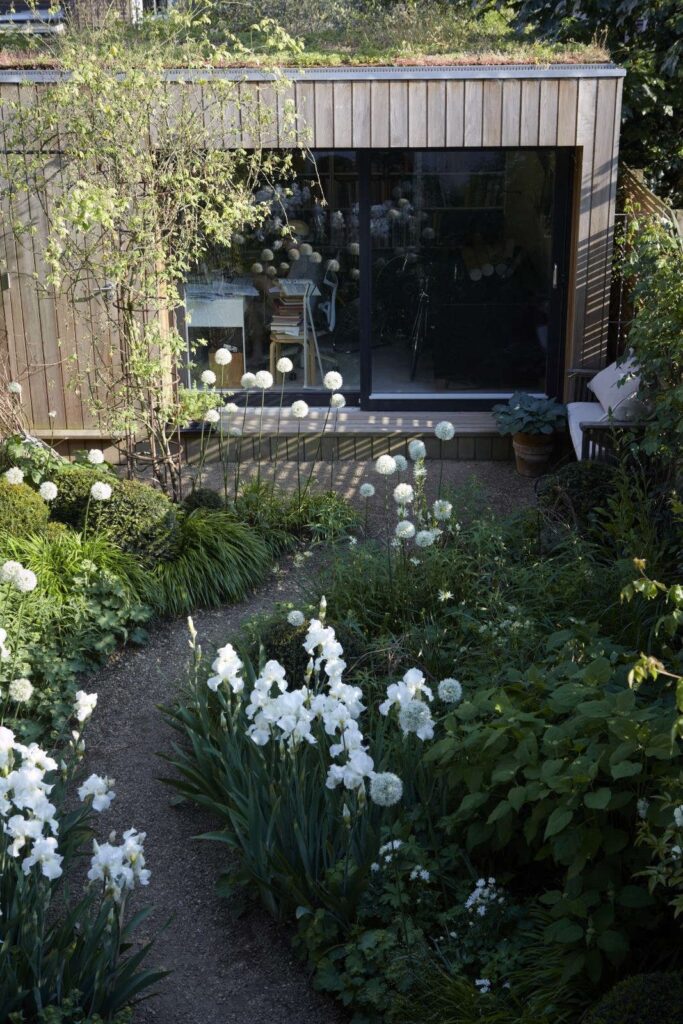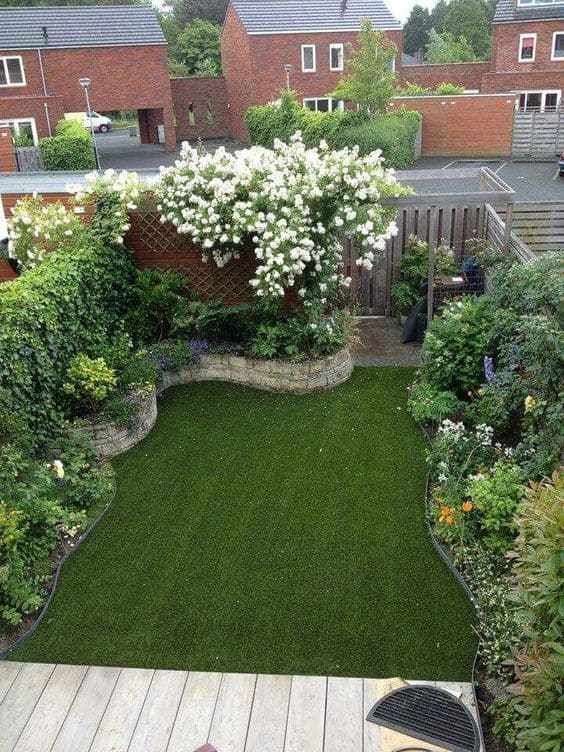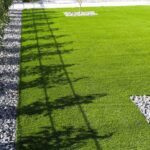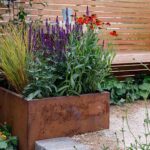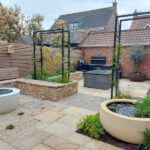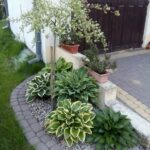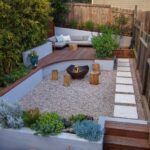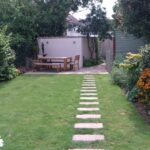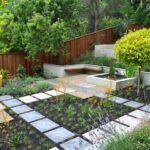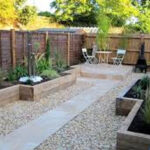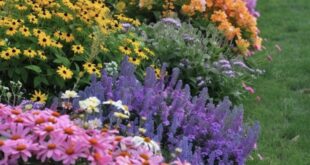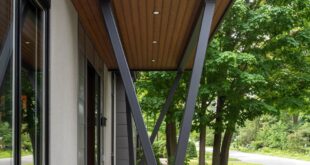When it comes to designing a small garden, it’s important to create a space that is not only visually appealing but also low maintenance. With limited space, you want to make sure that your garden is easy to care for so that you can enjoy it without spending too much time on upkeep. Here are some tips for designing a small garden that is low maintenance.
First and foremost, consider the layout of your garden. Opt for simple designs and clean lines to create a minimalistic look. Avoid cluttering the space with too many plants or decorations, as this will only add to the maintenance required. Instead, focus on a few key plants and features that will make a statement without overwhelming the space.
Choose low-maintenance plants that are easy to care for and require minimal watering and pruning. Native plants are a great option, as they are well-suited to the local climate and soil conditions. Additionally, consider using perennials, which come back year after year and require less work than annuals. Succulents and ornamental grasses are also great choices for low-maintenance gardens.
Incorporate hardscaping elements such as stone pathways, gravel beds, or raised beds to reduce the need for mowing and weeding. These features not only add visual interest to your garden but also help to cut down on maintenance. Mulching your garden beds can also help to suppress weeds and retain moisture, reducing the need for watering and weeding.
Consider adding a small water feature or garden sculpture as a focal point in your garden. These elements can add interest and beauty to your outdoor space without requiring much maintenance. Just be sure to choose a water feature that is easy to maintain, such as a self-contained fountain or pondless waterfall.
To further reduce maintenance, consider installing automated irrigation systems or drip irrigation for your garden. These systems can help to ensure that your plants are watered regularly and efficiently, without the need for manual watering. Additionally, using organic mulch can help to retain moisture in the soil and reduce the need for frequent watering.
Finally, embrace the concept of “right plant, right place.” By choosing plants that are well-suited to the conditions in your garden, you can greatly reduce the amount of maintenance required. Take into account the amount of sunlight, soil type, and water availability in your garden when selecting plants, and you’ll be well on your way to creating a beautiful, low-maintenance outdoor space.
 yishifashion Where Outdoor Dreams Become Reality
yishifashion Where Outdoor Dreams Become Reality
